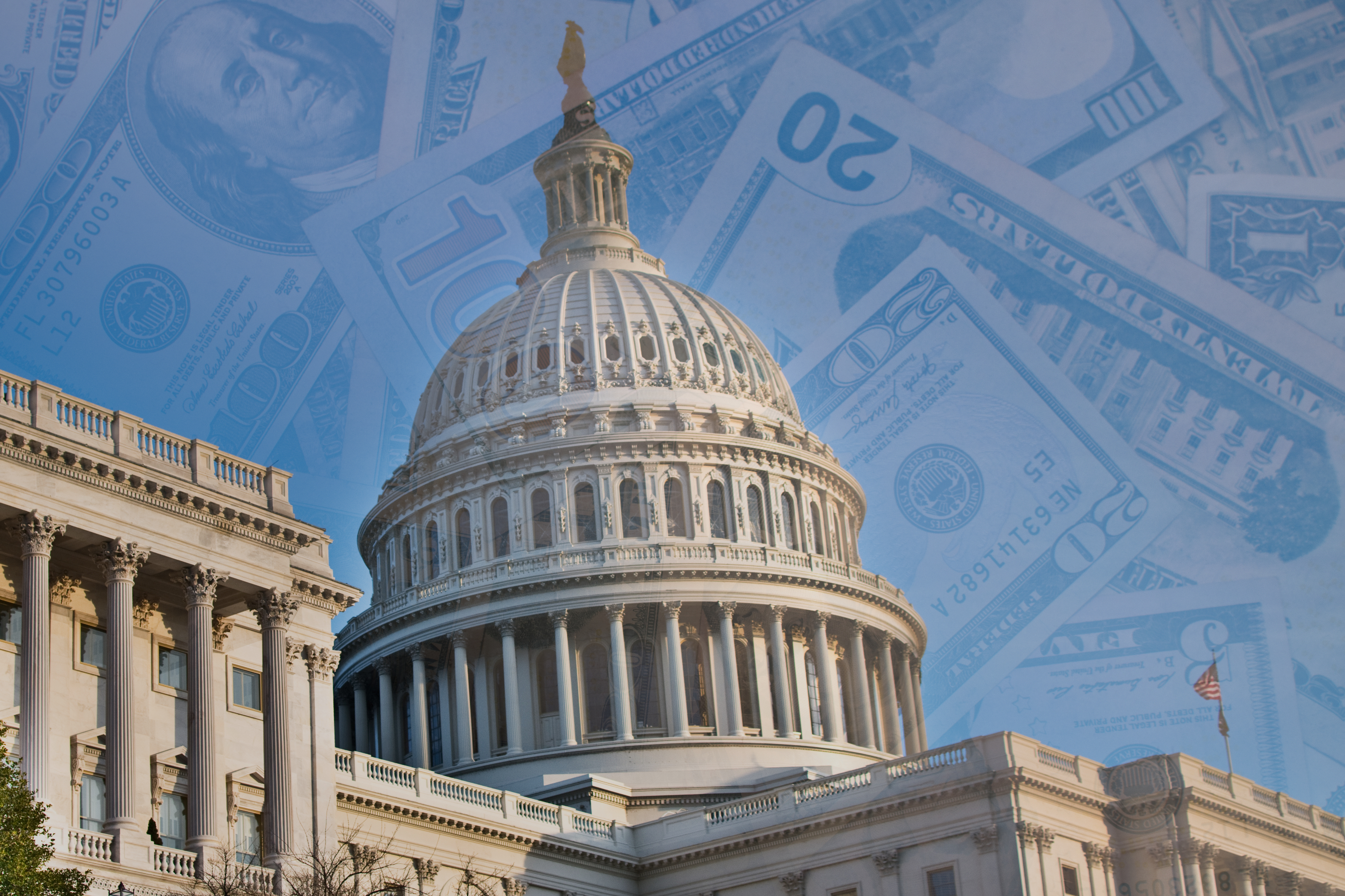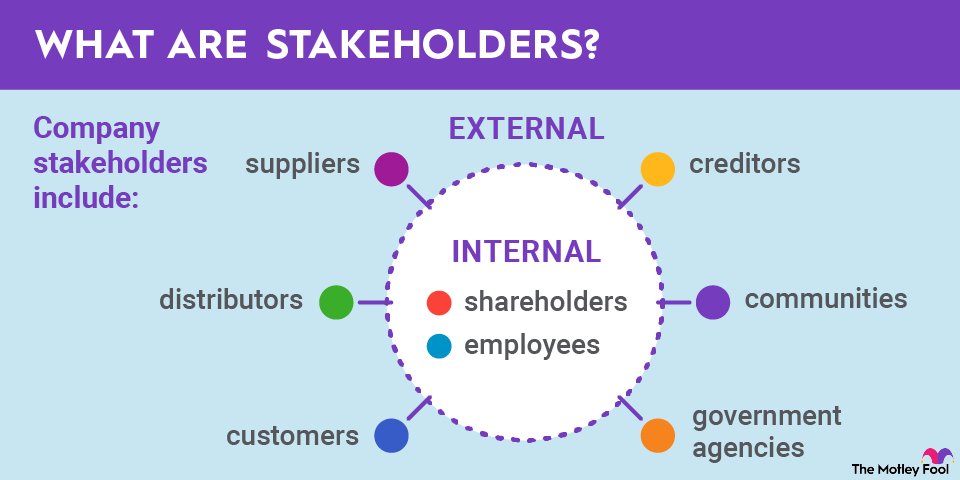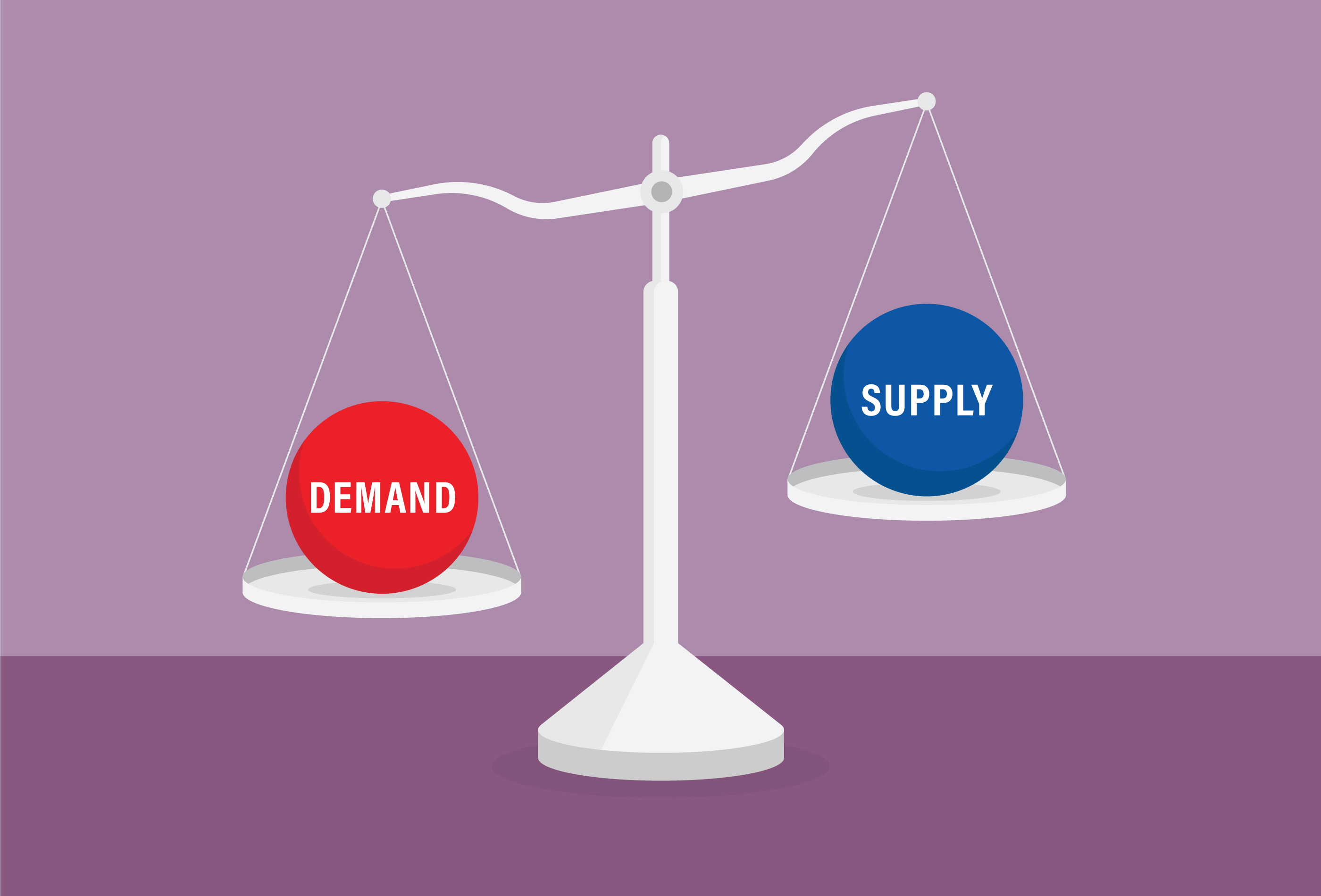Stablecoins are cryptocurrencies that aim to peg their value to another asset, most often a fiat currency. For example, a U.S. dollar stablecoin is designed to maintain a value of $1. Since most cryptocurrencies are highly volatile, stablecoins are an alternative for those who want a digital currency with a fixed value.
It's a common misconception that stablecoins are safe and can be counted on to maintain the intended value. Although that's the goal, they can lose their pegs, so they're not risk-free. Stablecoins serve a key role in the crypto market, but before you buy any, it's important to understand how they work.

Types of stablecoins
There are four types of stablecoins:
- Fiat-backed stablecoins
- Crypto-backed stablecoins
- Commodity-backed stablecoins
- Algorithmic stablecoins
As you can see, it's the backing or collateral that determines the type of stablecoin. You'll find more details on each type below.
Fiat-backed stablecoins
Fiat-backed stablecoins have a fiat currency reserve. The reserves are collateral that guarantee the value of the stablecoin and should be equal in value to the circulating supply. For example, a fiat-backed U.S. dollar stablecoin with 1 million coins in circulation should have $1 million in reserves.
This type of stablecoin is normally safe if the organization managing it has sufficient reserves. To verify its reserves, the organization should provide regular audits by an independent third party.
Fiat Currency
Crypto-backed stablecoins
Crypto-backed stablecoins have cryptocurrency reserves. They generally use one of the larger cryptocurrencies as collateral, such as Bitcoin (BTC +0.06%) or Ethereum (ETH +1.81%).
Since cryptocurrencies are volatile, this type of stablecoin needs to be over-collateralized. Its reserves should be significantly greater in value than its circulating supply to account for price fluctuations.
Commodity-backed stablecoins
Commodity-backed stablecoins have reserves made up of physical assets, such as precious metals, real estate, and oil. The most common type of commodities used to back stablecoins are precious metals, specifically gold.
This type of stablecoin is pegged to its reserve asset. For example, a gold-backed stablecoin would be pegged to the value of gold. The advantage for investors is that they can purchase digital versions of commodities without needing to obtain or store the actual physical asset.
Algorithmic stablecoins
Algorithmic stablecoins control the circulating supply using algorithms and smart contracts. They may not have reserves, and, if they do, they're typically under-collateralized. Algorithms reduce the supply if the stablecoin's price is lower than the asset it tracks and mint more coins if it's higher. It's similar to how central banks operate by printing and destroying fiat money.
These stablecoins are riskier because they don't have sufficient reserves to dip into if they face issues. TerraUSD (USTC +3.63%) is a famous example of how this can go wrong. This algorithmic stablecoin lost its peg in May 2022, and the value plummeted.
What makes stablecoins unique?
The thing that makes stablecoins different is that they mimic another asset's value. Other cryptocurrencies have prices based on what they offer and market demand; stablecoin prices depend on the asset they're following.
This gives stablecoins some advantages over traditional cryptocurrencies. Most notably, a stablecoin is much better suited for being an actual digital currency that you can store, transfer, or use to pay for goods and services. Because it has a stable value, you don't need to worry about price fluctuations.
Where stablecoins came from
J.R. Willett, a member of the early Bitcoin community, is considered the inventor of stablecoins. He came up with the idea of asset-pegged cryptocurrencies in 2012 and mentioned it in the white paper for his MasterCoin protocol.
The first stablecoin was BitUSD, a crypto-backed stablecoin that launched in 2014. It lost its peg to the U.S. dollar in 2018 and never recovered. The first fiat-backed stablecoin, Tether (USDT -0.01%), launched later in 2014. Although it has gone through some controversies and price fluctuations, for the most part Tether has maintained its peg.
How stablecoins work
Most stablecoins maintain reserves. The organization behind a stablecoin adds to the reserves when it mints new coins.
It's easiest to explain by using an example. A fiat-backed U.S. dollar stablecoin, such as USD Coin (USDC -0.00%), needs reserves equal to the number of coins it has in circulation. It can maintain reserves by increasing and reducing the supply as people buy and sell their coins.
Let's say you decide to buy $100 in USD Coin. The $100 you pay is added to that stablecoin's reserves, and 100 USDC is minted and sent to you. If you decide to sell your 100 USDC, they'll be bought back using $100 from the reserves and then removed from circulation.
There are many stablecoins out there, and they don't all work the same way, but the general idea is usually the same. Whether a stablecoin is backed by fiat money, crypto, or a commodity, funds are added to the reserves as coins are minted. The exception is an algorithmic stablecoin since it relies on algorithms instead of a reserve system.
Stablecoin and crypto research
Stablecoin examples
Here are a few prominent examples of stablecoins:
- Tether is a U.S. dollar stablecoin. It's the largest stablecoin by market cap and normally has the highest daily trading volume of any cryptocurrency.
- USD Coin is a U.S. dollar stablecoin and the first cryptocurrency chosen by Visa (V -1.33%) for settling transactions.
- PAX Gold (PAXG -0.41%) is a gold-backed stablecoin designed to make gold more easily tradeable.
- Dai (DAI +0.06%) is a crypto-backed U.S. dollar stablecoin. It's managed by MakerDAO, a decentralized autonomous organization.
Can I make passive income with stablecoins?
You can make passive income with stablecoins through crypto lending programs. Stablecoins, especially those that follow fiat currencies, are popular choices for lending because of their stable prices. Since a stablecoin's value won't drop -- assuming it doesn't lose its peg -- it's safer to lend out than other types of cryptocurrencies.
Keep in mind that crypto lending has its risks. Most crypto lending programs stipulate in their terms that they're not responsible for lost funds. If borrowers default, you could lose money.
Unique risks
The biggest danger with stablecoins is that they're not guaranteed to maintain their pegs. It's easy to fall into the trap of assuming a stablecoin will always have the same value as the asset it follows, but plenty of stablecoins have failed over the years.
TerraUSD is a cautionary tale that illustrates what can go wrong with stablecoins. It was part of the Terra (LUNA +27.83%) ecosystem, and it attracted a huge number of investors because of Terra's Anchor Protocol. Anchor was like a savings account that offered users an APY of almost 20% on their TerraUSD deposits.
It worked out well until TerraUSD lost its peg during a period of heavy market volatility. The price dropped from $1 to less than $0.20 in a matter of days and eventually fell below $0.02. Investors who had put their life savings in TerraUSD lost almost everything.
That's (almost) a worst-case scenario, and there are more secure stablecoins. However, the bottom line is that no stablecoin is 100% secure. There's no guarantee that a stablecoin will always be exchangeable for the asset it's pegged to, and you don't get the same protections from stablecoins that you do from money in a bank account.
Are stablecoins a good investment?
Stablecoins generally aren't investments, but they can be a good choice for investors who want to build passive income streams.
Since stablecoins aim to maintain a set value, they aren't made for investing. The price of a stablecoin will ideally be the same in the future as it is today, in which case whatever you buy will be worth the same as when you bought it. If you're interested in cryptocurrency investing, you're better off buying coins that could increase in value.
Where stablecoins work very well is generating passive income through crypto lending. Crypto lending programs often pay high interest rates on stablecoins. Make sure to spend plenty of time researching both the stablecoin and the lending program to evaluate the security they offer.
Stablecoins are also a convenient way to invest in digital representations of commodities. Let's say you've decided to invest in precious metals and want to add gold to your portfolio. Instead of buying and storing gold bars, you could invest in a gold-backed stablecoin. Once again, it's important to research any commodity-backed stablecoins you're thinking of buying.
How to buy stablecoins
If you want to buy stablecoins and you have an account with a cryptocurrency exchange, check which options your exchange has available. Many of the biggest crypto exchanges sell at least one or two U.S. dollar stablecoins. The fastest option is buying on an exchange where you're already signed up.
If you want a specific stablecoin, check which exchanges have it available. Motley Fool Money, a Motley Fool site, provides information on cryptocurrency availability at major exchanges. This can help you track down the exchanges that carry stablecoins and other cryptocurrencies you want.
The best way to look at buying stablecoins is that you're really buying the organization that issues the stablecoin. You're trusting that organization to keep the value of the coin where it should be. Before you buy, spend time learning about the organization's reputation and review how the stablecoin maintains its peg.



















